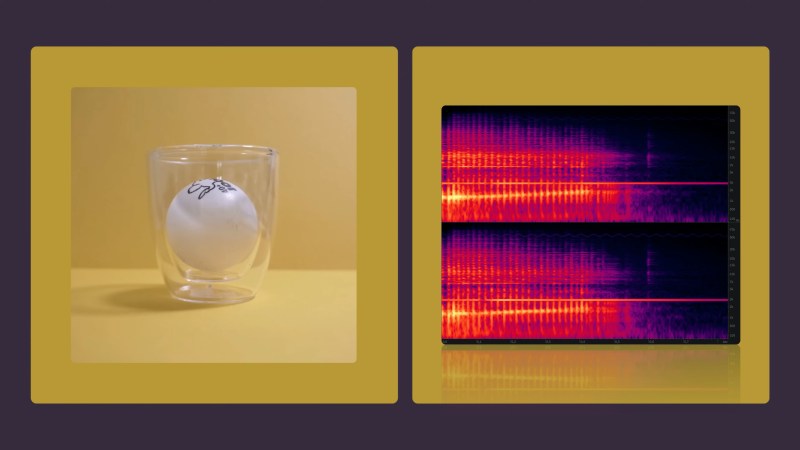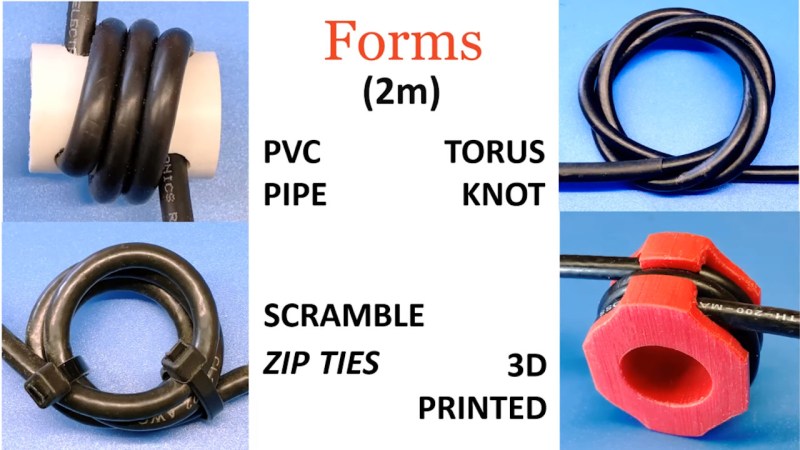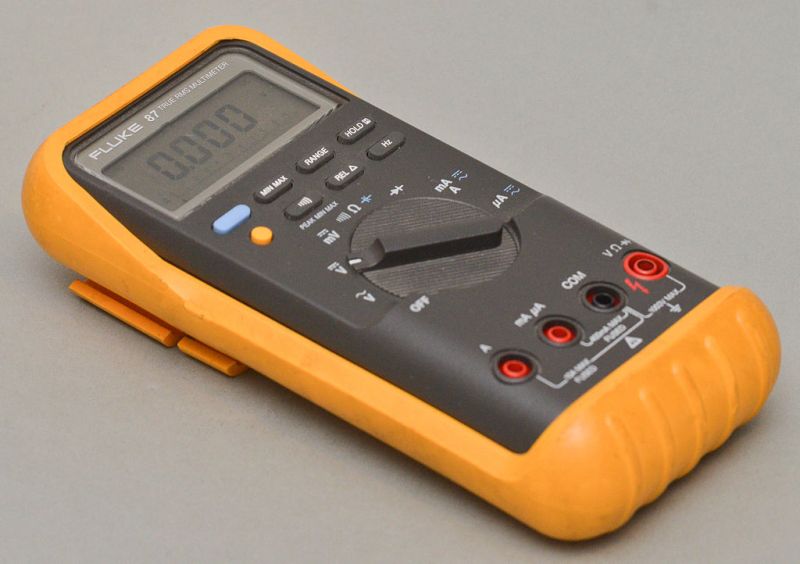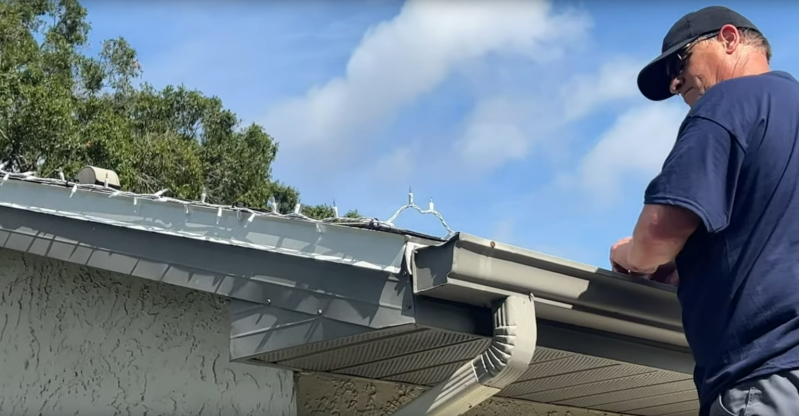Hearing What the Bats Hear

[Iftah] has been exploring the sounds beyond what we can hear, recording ultrasound and pitching it down. He made a short video on the practice, and it’s like a whole …read more Continue reading Hearing What the Bats Hear
Collaborate Disseminate

[Iftah] has been exploring the sounds beyond what we can hear, recording ultrasound and pitching it down. He made a short video on the practice, and it’s like a whole …read more Continue reading Hearing What the Bats Hear

While most of us carry cell phones that have GPS and other location services, they require a significant amount of infrastructure to be useful. Drive from Washington to Alaska like …read more Continue reading Automatic Position Reporting Over HF Radio

Most ham radio operators will build an antenna of some sort when they first start listening or transmitting, whether it’s a simple dipole, a beam antenna like a Yagi, or …read more Continue reading Don’t Let The Baluns Float Over Your Head

Multimeters are indispensable tools when working on electronics. It’s almost impossible to build any but the most basic of circuits without one to test and troubleshoot potential issues, and they …read more Continue reading Your Multimeter Might Be Lying To You

For all their supposed benefits, homeowner’s associations (HOAs) have a reputation of quickly turning otherwise quaint neighborhoods into a sort of Stanford prison experiment, as those who get even the …read more Continue reading Antenna Hidden in Holiday Lights Skirts HOA Rules
Join us on Wednesday, September 25 at noon Pacific for the High-Speed PCB Design Hack Chat with Bil Herd!
Printed circuits have become so commoditized that we seldom think much about design details. EDA software makes it easy to forget about the subtleties and nuances that make themselves painfully obvious
Continue reading High-Speed PCB Design Hack Chat with Bil Herd
Dead-bug circuit building is not a pretty affair, but hey, function over form. We usually make them because we don’t have a copper circuit board available or the duty of making one at home is not worth the efforts and chemical stains.
[Robert Melville and Alaina G. Levine] bring to light a compromise for high-frequency prototypes which uses the typical FR4 blank circuit board, but no etching chemicals. The problem with high-frequency radio is that building a circuit on a breadboard will not work because there is too much added inductance and capacitance from the wiring that will wreak havoc …read more
Dead-bug circuit building is not a pretty affair, but hey, function over form. We usually make them because we don’t have a copper circuit board available or the duty of making one at home is not worth the efforts and chemical stains.
[Robert Melville and Alaina G. Levine] bring to light a compromise for high-frequency prototypes which uses the typical FR4 blank circuit board, but no etching chemicals. The problem with high-frequency radio is that building a circuit on a breadboard will not work because there is too much added inductance and capacitance from the wiring that will wreak havoc …read more
Transmission lines are the kind of thing that seems to confuse beginners. After all, the fact that short-circuits can have infinite impedance and open-circuits can behave like a short is not intuitive at all!. That’s why we like [Tinselkoala]’s latest video that shows a nice model of a transmission line. It helps to understand the line as inductors and capacitors in series-parallel connection.
Any pair of wires used to transmit electrical power have tiny amounts of inductance and capacitance. This is not a problem with DC or low-frequency AC, but when the frequency is sufficiently high, weird things start to …read more
How do you test the oscillator circuit you just made that runs between 200MHz and 380MHz if all you have is a 100MHz oscilloscope, a few multimeters and a DC power supply? One answer is to put away the oscilloscope and use the rest along with a length of wire instead. Form the wire into a Lecher line.
That’s just what I did when I wanted to test my oscillator circuit based around the Mini-Circuits POS-400+ voltage controlled oscillator chip (PDF). I wasn’t going for precision, just verification that the chip works and that my circuit can adjust the frequency. …read more
![]() Continue reading Using a Lecher Line To Measure High Frequency
Continue reading Using a Lecher Line To Measure High Frequency